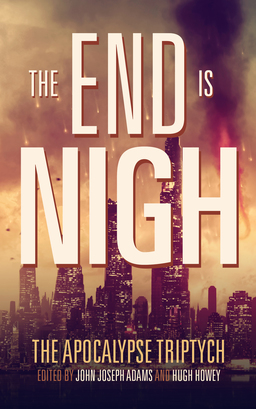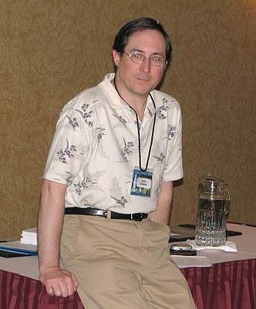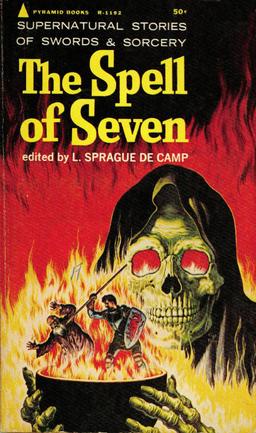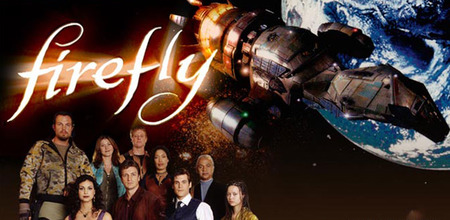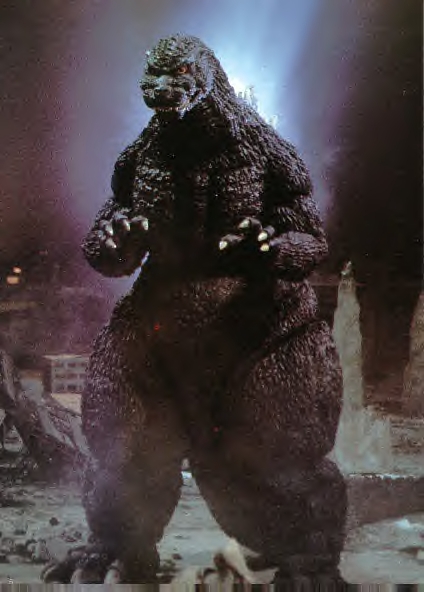Before and After
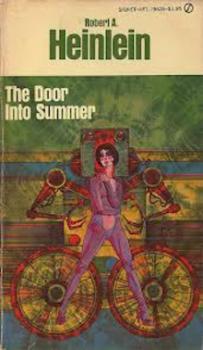 Over the last few weeks, I’ve been talking about apocalyptic and post-apocalyptic Fantasy and SF, and something that’s come up a couple of times in the comments is the idea of a “precursor” civilization. On the one hand, we’ve more or less agreed that the existence of one doesn’t automatically mean that the present story is post-apocalyptic. On the other hand, unless we’re writing about Neanderthals, we’re pretty much always dealing with a pre-existing civilization, aren’t we?
Over the last few weeks, I’ve been talking about apocalyptic and post-apocalyptic Fantasy and SF, and something that’s come up a couple of times in the comments is the idea of a “precursor” civilization. On the one hand, we’ve more or less agreed that the existence of one doesn’t automatically mean that the present story is post-apocalyptic. On the other hand, unless we’re writing about Neanderthals, we’re pretty much always dealing with a pre-existing civilization, aren’t we?
In SF, the precursor society is easy to figure out. It’s us. SF is the fiction of change, and the social/scientific/technological world that it changes from is the one the writer/reader is living in. There seem to be two basic approaches to this concept, one in which the story is set in the near future, and one in which today’s society lies somewhere in the distant past.
With the exception of people like Isaac Asimov, and works like his Foundation Trilogy, most of the early SF writers were using the near future premise. Heinlein’s The Door into Summer, for example, written in the 1950’s, was set in the 1970’s. The movie Blade Runner is set in 2017.
I know. As SF fans have been saying for years, “Where’s my flying car?” This gives you a hint as to why the near future premise isn’t used much anymore. The future got here a lot faster, and in many ways differently, than anticipated. We might have microwave ovens, but we’re not colonizing the moons of Jupiter.
